Nepal, Mexico, Uganda, Rwanda, Kenya and Brazil might seem a world away from Scotland.
But when it comes to community gardens, they are all united by an international community development project led from Dundee.
What’s it all about?
Through a series of workshops, the Community Gardens Beyond Communities programme has brought together policy makers, community activists and academic partners from around the world.
The aim was to influence individual and collective changes that mobilise local communities to actively address environmental challenges.
These include reusing organic waste and food production.
It also aimed to strengthen links with wider urban issues that impact vulnerable groups.
Dundee and Fife involvement
Local gardens involved include the Ninewells Community Garden, the Maxwell Centre community garden, Campy Growers and PLANT in Tayport.
The project involved community gardens and projects getting together via video call to present their work to one another and exchange ideas.
It was led by Jenny Glen (University of Dundee), Dr Fernando L. Fernandes (University of Dundee) and Dr Nina J. Morris (University of Edinburgh).
Now work from the project is to be featured in an exhibition at The Larick Centre in Tayport on April 22 and 23.
The exhibition may then travel to Strathkinness, the Maxwell Centre in Dundee, and possibly a stint at Dundee’s Verdant Works.
Exhibits will include a wigwam made of plastic bottles created in collaboration with a local artist, a model of a Lorena stove, a model of a permaculture garden, seeds for attendees to take away, as well as talks and videos from the gardens involved.
How the project came about
Jenny Glen, lecturer and practice learning convenor at the University of Dundee School of Humanities, Social Sciences and Law, explained how the community gardens programme is a community development project, which started in 2020/21.
Funding was received from the Scottish Universities Insight Institute.
While this brought together people from universities, it mainly united people in local communities that were working together in community gardens or food growing projects.
It was while working with people in Dundee and Fife that Jenny asked if they’d be interested in meeting online with people from different countries that were growing food and trying to make changes in their own communities.
“Community development involves people coming together to take action on what’s important to them,” said Jenny.
“It’s based on the values of human rights, social justice, equality and respect for diversity.
“It was about local people working together to try to create change and deal with some of the big issues they were facing.
“This included access to land to grow food, or reclaiming land which was not been used or at threat of urban development, dealing with water shortages in some countries and also working together to respond to a changing climate and the impact of Covid-19.
“Lots of projects were sharing and developing permaculture techniques suited to the local environment with a ‘no waste’ ethos, working with children, young people and families to (re)connect with nature and sharing intergenerational skills that sometimes were getting lost.
“For a lot of projects the role of women as community activists was key.”
How Jenny got involved
Jenny’s own background is in community development.
Originally from Dundee, she did most of her work in Edinburgh then was in London for about 20 years.
When she came back from London, she started working in a community garden in Tayport.
She thinks it’s amazing how community gardens bring so many different people together, whatever their ages or abilities.
Some people are there because they want to learn how to grow food.
But a lot of people are there for the social aspect.
Community cohesion is also a key factor – just trying to bring people together in local places.
There’s now an “incredible number” of community gardens in Fife and in Dundee – often on reclaimed land, she said.
Activities around the world
What’s been “really uplifting”, however, is discovering the synergies of people working along similar lines around the world.
“We kind of just brought people together online,” she said.
“All the projects did a five minute video of what their project was, and the funding was used to finance that.
“They also put together some presentations. They held workshops in their local areas.
“We brought people together to talk about what was important to them, and at the time it was things like the impact of Covid-19 that was pretty major in some countries as well as food poverty and trying to grow healthy food.
“But also things like land ownership, things like women coming together and making a difference in their communities.
“So many women involved as local community activists who were working together with other women to make things happen.”
Inspiring stories told through the project include a Ugandan woman who helped her entire village of 400 families build Lorena stoves, reducing the wood they burned for cooking by 80%.
Scottish community gardens are collecting apples and producing pasteurized apple juice, savings tonnes of apples from food waste.
Brazilian community groups are using community kitchens and cooking to tackle domestic abuse and gender violence.
Kenyan community groups are teaching local farmers about permaculture techniques so they can waste less and grow more food.
Nepali community groups are collecting tonnes of plastic bottles discarded in the Himalayas and have built a ‘plastic pavilion’ education centre out of them.
Rwandan community groups are building gardens in schools so kids can help grow the food for school meals and tackle problems of poor nutrition and diet.
Mexican community groups are teaching people about biodiversity and climate change, encouraging them to grow at home with box gardens.
And Jenny’s highlight?
Asked if any of the international stories in particular stood out for her, she found the projects in Brazil “amazing”.
Here, they are involved in real struggles around the right to land.
In Brazil, the concept of “community gardens” does not fully capture the reality of the diverse and historical experiences of urban agriculture.
Urban agriculture varies according to the territories, the people and their struggles.
The examples of urban quilombos and resistance throughout history to the present day, shows how agriculture can be a form of cultural struggle and insurgent citizenship.
The social function of community gardens is to fight for the right to land and to raise awareness of the importance of community gardens as a tool to fight against gender and domestic violence and those affected by drug trafficking.
Dundee’s own network
Meanwhile, there are lots of new and well established community gardens in Dundee.
The Community Gardens Network – which is a separate project – is facilitated by Manuela De Los Rios from the Maxwell Centre to bring them together.
Examples include the Camperdown Community Growing Space which has seen a feasibility study completed.
A community-led Campy Growers Association has been set up to continue working with the council.
Another Dundee example is GROW Observatory.
This Citizens’ Observatory has empowered people and whole communities to take action on soils and climate across Europe. GROW aims to improve the accuracy of predictions on extreme events, such as flood, drought and wildfire.
Dundee Urban Orchard – otherwise known as DUO – is a city-wide art and horticulture project supporting individuals, community groups and cultural organisations to plant and care for small-scale orchards across Dundee.
Other examples, meanwhile, include the Dundee Green Network which includes 59 parks covering 4000 acres (this includes cemeteries and allotments) and a 27 mile footpath/cycleway circumnavigating internationally important sites on the inner reaches of the Tay Estuary and locally important green and blue spaces enjoyed
by both residents and visitors alike.
Aiming to inspire
Jenny hopes the exhibition in Tayport will shine the light on community gardens and community food growing projects, and help inspire others.
“It can be really depressing can’t it – the more you read and hear especially around climate change,” she said.
“That’s the issue of our lifetime really, and it can be difficult to imagine how ordinary people can respond to such global issues.
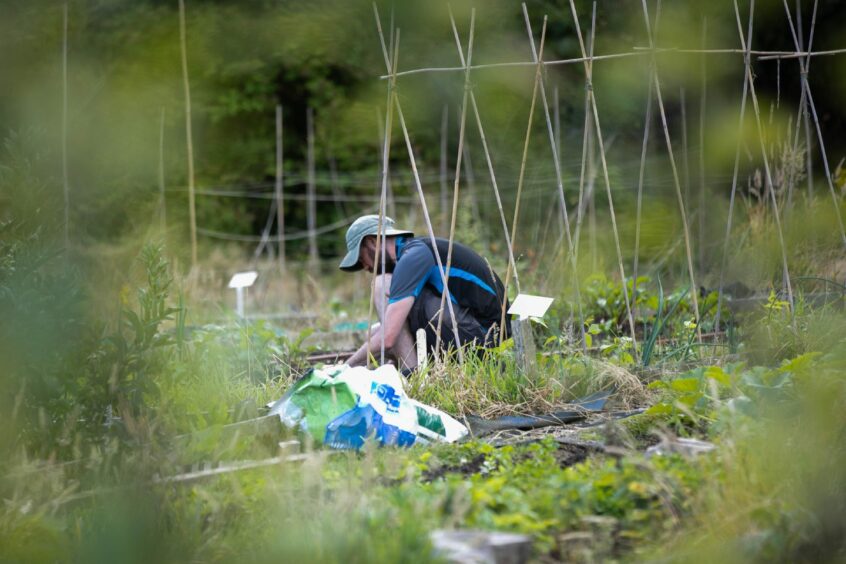
“But actually the project, although it’s very small and tiny in retrospect, it’s really a thing of people working together and coming together to make differences whether that’s more awareness of the environment, connecting people back to nature, mobilising the community, growing healthy food, or getting the message across and stuff like that.
“It was just fantastic. The inter-generational stuff as well.
“We just want it to be an uplifting experience for people to see what is possible and learn from each other.
Also to focus on what’s happening in Dundee in terms of the most amazing work that’s going on in loads of different settings now. People coming together for community gardens. There are so many of them.”
When to see the exhibition
*Community Gardens Beyond Communities, The Larick Centre, Tayport, April 22/23.
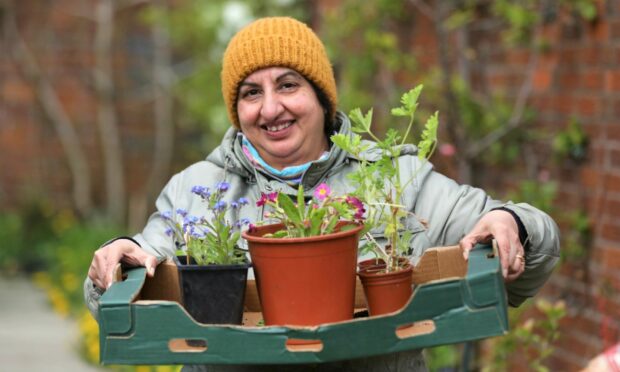
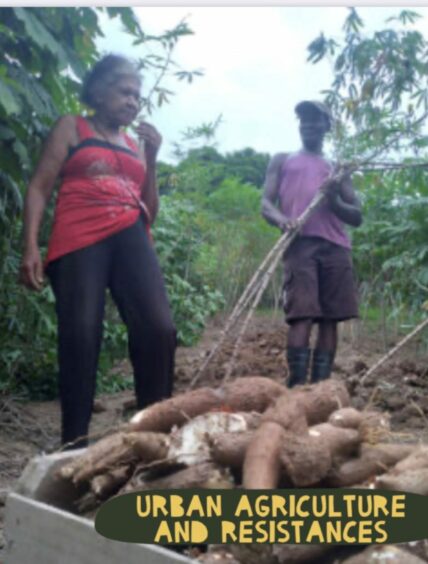
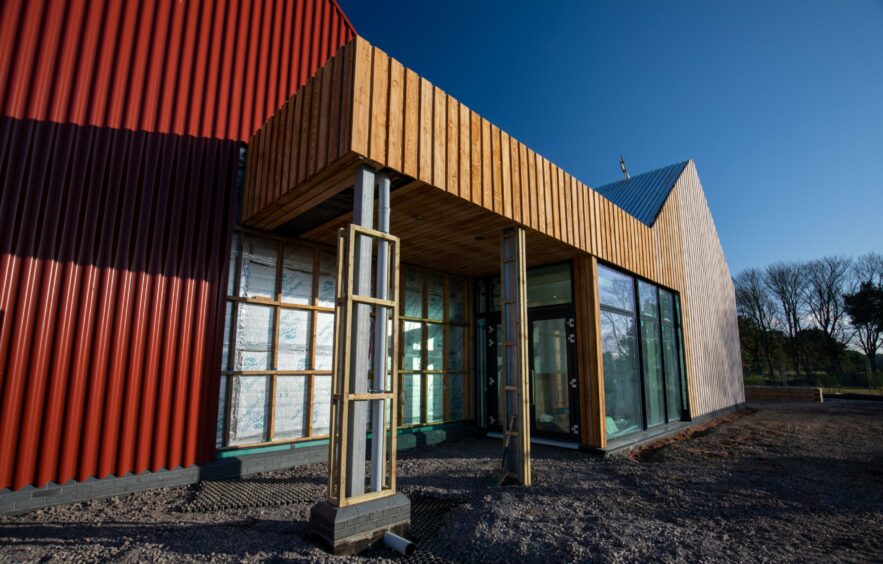
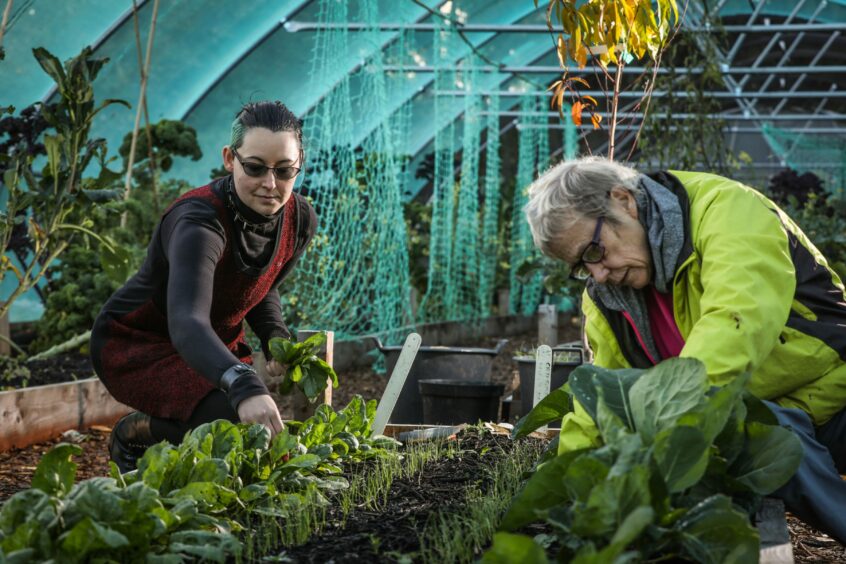
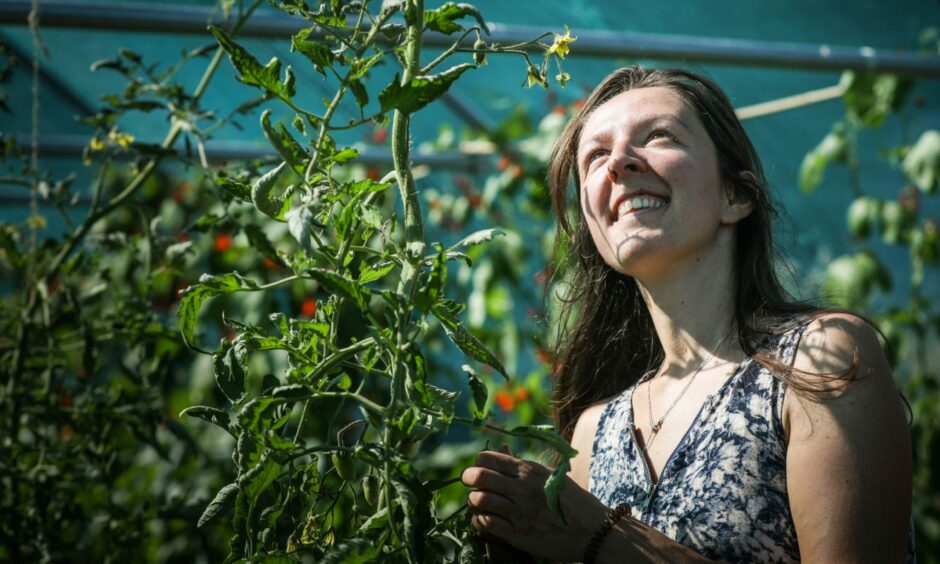
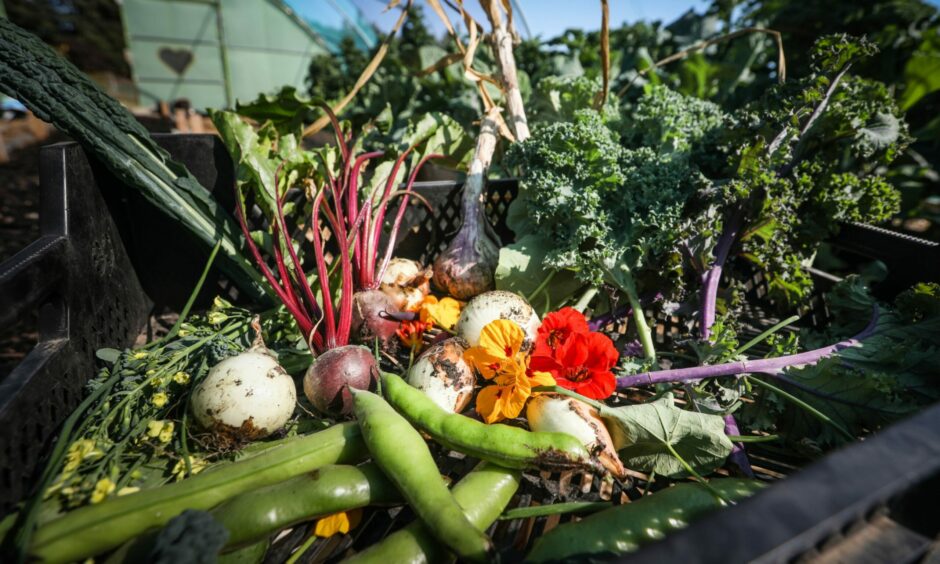










Conversation